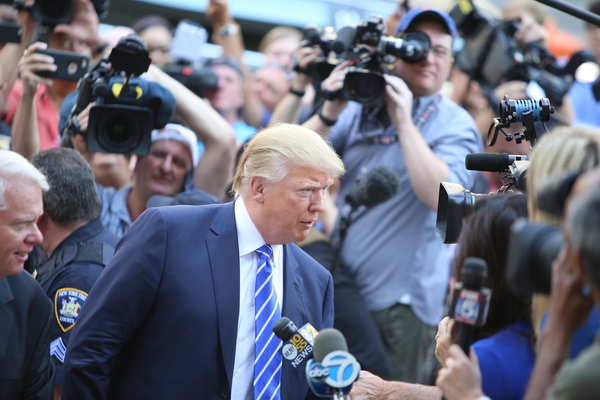Why does this and every election in recent years seem like a “make or break” election? One reason is that we have abandoned so many of the constraints imposed by the Constitution on our government that everything now rides on who holds office. No longer can we be confident that, when the government is controlled by the party we oppose, what it can do while in power will be limited by constitutional–rather than purely electoral–constraints.
This was not the way it was supposed to be in a constitutional republic, and is not the way it needs to be in the future. The founders gave us a constitutional means to restore the constraints that the Constitution imposes on the national government: an Article V convention of the state. And we need not wait to hold one. We could restore constitutional government in just a year or two.
So what’s stopping us? For some, if not many, the fear is that such a convention would be dangerous and damaging.
I believe these fears–stoked mainly on the right by the Eagle Forum and the John Birch Society–are overblown. In an effort to address these concerns, last week, Citizens for Self-Governnance held an ambitious simulated Article V Convention in Williamsburg, Virginia, for which I served as a legal advisor.
The event drew commissioners–mostly elected state representatives–from all 50 states and was a heartening and rewarding experience for me and for all those who participated. Robert Natelson, one of the other legal advisors and the leading scholar on Article V conventions, has published an op-ed describing the event and the amendments that were approved by the Convention: What Would an Article V Convention of States Actually Be Like?.
Some have conjured up images of an amendments convention acting like a national party convention, with a mob of thousands of screaming attendees. This simulation was more realistic: It included 137 commissioners (delegates) from all 50 states. The number of commissioners was similar to the number (133) in the last national convention of states, the Washington Conference Convention of 1861. In practice, both bodies acted much like sober legislative chambers.
In Williamsburg, each state was represented by one, two, or three commissioners. The overwhelming majority were state lawmakers, but some delegations included non-legislators involved in public affairs. For example, California was represented by John Eastman, a well-known constitutional law professor and former candidate for state attorney general.
The agenda was fixed by the standard “convention of states” legislative application formally adopted by eight of the necessary 34 state legislatures. That application empowers the convention to propose amendments imposing fiscal restraints on the federal government, limiting the power and jurisdiction of the federal government, and fixing term limits for members of Congress and for federal officials.
The rules for the simulation were based on rules earlier drafted for a real convention. I drafted both sets, with input from Michael Farris, a noted constitutional attorney and educator. In crafting both sets of rules we relied heavily on the actual rules of previous conventions of states. The source for resolving issues outside the rules was Mason’s Manual of Legislative Procedure, the authority on parliamentary procedure for 70 of the 99 American state legislative chambers.
Natelson goes on to describe how the deliberations proceeded and the six amendments that were approved by the body. I was greatly impressed by the decorum that was brought to the deliberations by the state legislators who are accustomed to respectful collective deliberations. If you wish to watch all or part of the event, you can find it here. Here are the concluding remarks by Ken Ivory (R-Utah) the elected-President of the Convention.
But the most important point is this: if the federal government were once again held to its assigned powers–and these limits were reinforced by enhanced structural checks–we would have far less to fear from the election of our political opponents, who would be limited in what they can do if elected.



